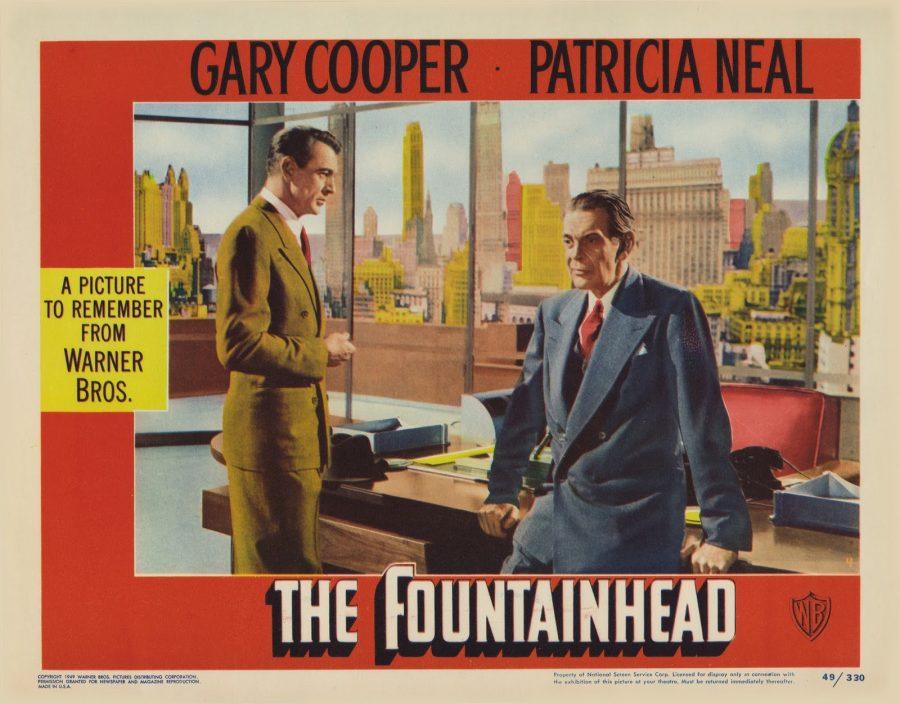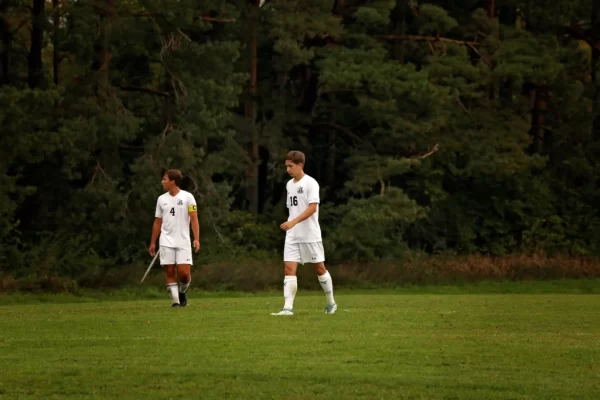The Beauty of Critical Thinking
October 11, 2016
To prepare for Honors English, we were asked to read The Fountainhead, by Ayn Rand, over the summer. This nearly 700-page book is one that instills fear in the vast majority of college students, let alone rising high school juniors, not only because of its length, but the complex philosophical ideals that are described within. I consider myself reasonably intelligent for my age, yet I too felt painful trepidation when I opened the book to the first page.
As per my usual routine of starting a new book, I moaned, groaned, and suffered my way through the first 100 pages. However, after having been exposed to the book for a number of hours, I discovered a new feeling, one I had never felt when reading a novel: Wonder. To any veteran reader, this description will most likely make you laugh with pity for a delusional 16-year-old boy, but hear me through.
For once in my life, I found myself sitting still, in a chair, simply thinking. Although I have never experienced such as thing, I imagine that this experience was the closest I have gotten to achieving divine inspiration. Allow me to explain; I was not thinking for any practical purpose, not for a reason that is applicable to everyday life, but rather for self-enlightenment.
I suspect that this desire to teach oneself is the lost virtue that has created such a cultural gap between the current and past generations. In an age of instant gratification, our innate thirst for knowledge is quenched by answers produced by Google’s search results, our friends’ Twitter posts, and obscene lies found strewn across the entirety of our increasingly interconnected world. On the surface, this may seem like the most efficient way to learn, since all of the facts we will ever need are in our palm, on our lap, or at our desk. However, there is one key aspect that is lacking in this learning process: critical thinking. For clarification, I will define critical thinking as “The propensity and skills to engage in activity with reflective skepticism focused on deciding what to believe or do.” We must process the information and manipulate it with our hands, not with a cursor on a screen, to see what it does. Ponder this example: It does not matter if a baby is born with every letter in the alphabet memorized if he or she cannot use them to make words and sentences. In a vacuum that is devoid of people — the means to achieve literacy — this baby will never speak. Not at the age of 10, 50, or 100. Never. In this instance, the availability of people with which to use language is akin to critical thinking, which involves an actor performing a certain task and coming to one’s own conclusion as a result of it (or in this case, spelling a word).
The philosophical implications of a lack of critical thinking are profound. The ability to form one’s own thoughts and feel unique emotions is what forms the individual and gives us our humanity. Our freedom to think is a prerequisite to morality; to think is to be free. Doug Bandow, a Senior Fellow at the Cato Institute, wrote in his 1997 article Freedom and Virtue are Inseparable, that “liberty… the right to exercise choice… is a necessary precondition for virtue… Virtue cannot exist without the freedom to make moral choices.” Without critical thinking, we lose our freedom and create a shell of a person, which will ultimately collapse, simultaneously eroding our virtues.
In short, the skill of critical thinking is fading away in the newest generation. As a society, we have an obligation to inspire children to think critically, whether it be by improving our education system or simply encouraging reading. Either way, it is clear: While we should enjoy the benefits that technology gives us, we cannot starve ourselves of true knowledge.
- Halonen, Jane S. “On Critical Thinking.” Association for Psychological Science. N.p., n.d. Web. 2 Sept. 2016.
- Bandow, Doug. “Freedom and Virtue Are Inseparable.” Cato Institute. N.p., 07 Mar. 1997. Web. 2 Sept. 2016.


